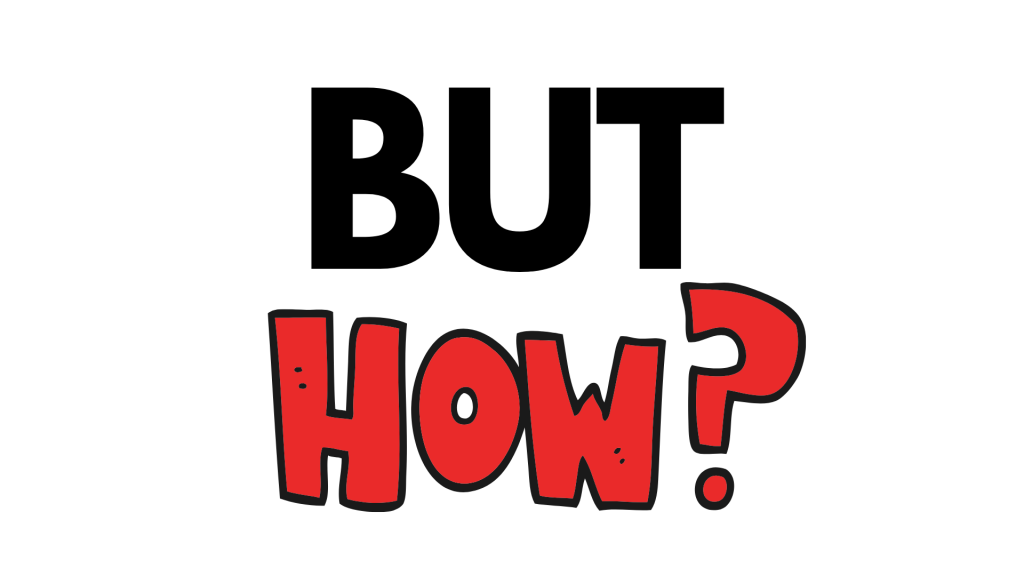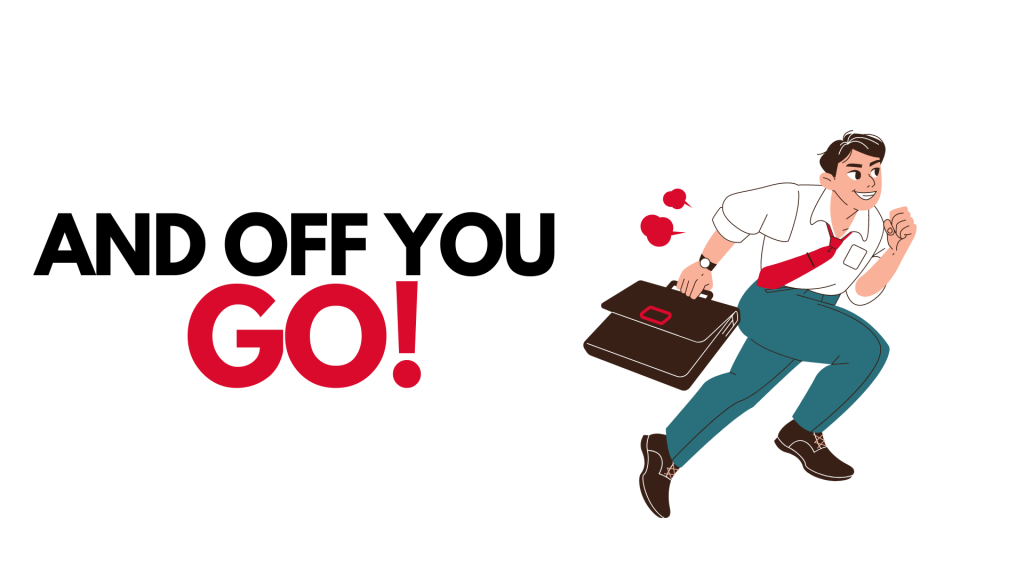Running and handling a business requires an immense level of effort, commitment, determination, and most importantly, a plan. You should always have a record of everything to understand the growth and progress of your business, and to be prepared for whatever is around the corner. One great tool for estimating all the steps of your business is Sales Pipeline.

If you have the right strategy then creating a Sales Pipeline won’t be difficult for you but before building one for your business, it is important to understand to know what it means and why is it crucial for your growth in business.
What Is A Sales Pipeline?

Sales Pipeline is a visual representation of various stages of sales processes and lets you estimate how much revenue is advancing in your business and when. It is a tracker for your sales cycle. With the right strategies and a step-by-step process, your business can show progress and improvements in a very short period.
In this article, you will learn about the importance of both; sales pipeline and sales funnel and how to build a perfect one for your business.
Why Is A Sales Pipeline Important For A Business?
The main importance of a sales pipeline lies in the management of how the sales quota of a business is hit. When you’re running a business, you hold a vision and a sale pipeline helps you reach it.
According to the Harvard Business Review, “Companies with effective pipeline management had an average revenue growth rate of 5.3%. Even more, interestingly, companies that mastered three specific pipeline practices saw 28 percent higher revenue growth.” The three practices are listed below:
- Creating a properly defined sales process
- Giving enough time to the process
- Training the sales managers in the pipeline methods
Some major importance of having a Sales Pipeline is:
- Identifying your market and lead clients.
- Increasing the productivity of your team.
- Helps the company to forecast a possible revenue.
- Manages the sales team more efficiently and effectively.
- Measures your achievements at each stage of the pipeline
Creating A Sales Pipeline

You can always create your own Sales Pipeline, start by questioning yourself what your main goal and focus is? How would the journey look throughout and what is your target revenue at the end of a certain period?
You should begin by setting up the objectives in your mind. What is your product? Who are your potential customers? Then, try to reach out to your potential clients who fit the desired profile.
Prepare the stages of your pipeline. You should decide what department should work on what task, after dividing, this is when it starts to create a picture and represents all the tasks that have to be achieved by the people/departments that are involved. With the right tools, clear vision, and hard work you’re ready to go.
Stages of a Sales Pipeline
In the Pipeline above, you can see how each stage takes you closer to your goal, the pipelines/funnel is different for each business. For the businesses that have high-value products and that follow B2B, the pipeline stages might look similar:
- Lead generation: You should create a profile of your targeted and ideal client, this will not only help you reach out to your desired customers but also clarify the first goal/vision set for your expected revenue. Learn about your product and create an ideal silent profile.
- Lead qualification: This is a very important step of your pipeline stages. After creating and identifying the potential client for your product/sales, an opportunity is established. Then, a record is successfully created as the first official step to concluding a deal.
- Initiating contact/connection: In this stage, you should ask your sales rep to start a conversation/ connection with your potential customer. This way, you will have a clearer understanding of their business and requirements. You will be able to frame your business service against your client’s demands and criteria.
- Setting up a meeting or demo: After the initial conversation, if the lead shows interest in your services, you may set up a demo with your client.
- Negotiation: You will come to the Negotiation stage when you are at the demo or a meeting with the customer. You discuss and negotiate on the services you provide, the price you charge, etc. This stage is necessary to make a sale that profits you and your company. A win-win situation for both you and your client is important.
- Concluding the deal: The last stage in your sales process is finalizing your deal. This means that you have submitted your proposal and they will let you know if it is accepted or not.
Sales Pipeline and Sales Funnel: The Difference

People often misunderstand the concept of Sales Pipeline and Sales Funnel and use them interchangeably. However, these are two different terms, Sales Pipelines is about DEALS, and Sales Funnels is about LEADS.
Sales Pipeline is the system of leading generation, leading qualification, negotiation, nurturing, etc. The Sales Funnel is known as the visual representation of your potential clients going through various steps before they make a decision.
Creating A Sales Funnel
As its name implies, the funnel consists of more people at the top and it keeps on reducing till the end. The people who manage to get to the bottom of the funnel i.e Action, become the ultimate customers by making the purchases. The following are the stages of the Sales Funnel:
- Awareness: Creating awareness is a very simple step. You have to grab people’s attention and let them know that this is your product. For instance, if you run a clothing line, you can begin the stage by posting your clothes online. You can ask your friends/supporters to share your post to increase the mass interaction. The people who become aware of your products are known as prospects. If your products manage to make the prospects interested, you move towards the next stage of the funnel.
- Interest: The prospects become leads when they get to this stage. They show more interest in your products and this is when you should start convincing them to purchase your products. If your product meets the needs of your potential client then you move to another stage.
- Decision: At this stage, you have to make the best possible offer to your client because it is a 50-50 situation. They will want to know more benefits of using your product, most likely will compare your products with others and come to a decision. Giving discounts, shipping for free, adding extras can grab your customer’s attention and make them irresistible. Once your lead is satisfied, you move towards the next stage.
- Action: This is the last stage where your lead becomes your customer by buying your product. You don’t stop here because now you have to make sure they are a loyal customer, and you should always try to meet their demands. Focus on customer feedback, bonus gifts, coupons, and maintain a nice relationship with them.
Conclusion: Sales Funnel or Sales Pipeline?
Before taking this decision, it is crucial to realize what your sales process needs. Brands that have high-value products go through a difficult buying process which is why Sales Pipeline is more beneficial to them. For companies focusing on B2C and B2B sales cycles, Sales Funnel would be a better option. However, it doesn’t limit you from trying out either.
Diversify your perspectives, challenge your journey and if you can, try to integrate both Sales Funnel and Pipeline for more insightful stages.

